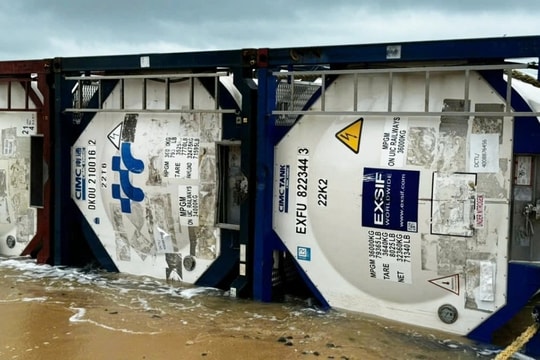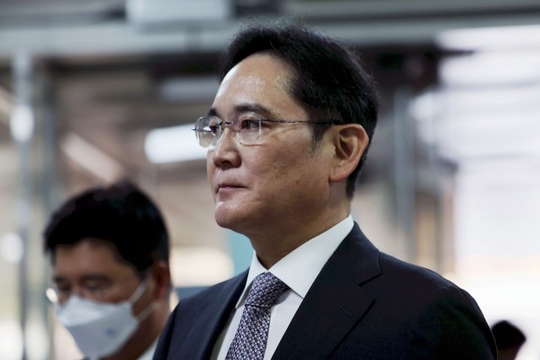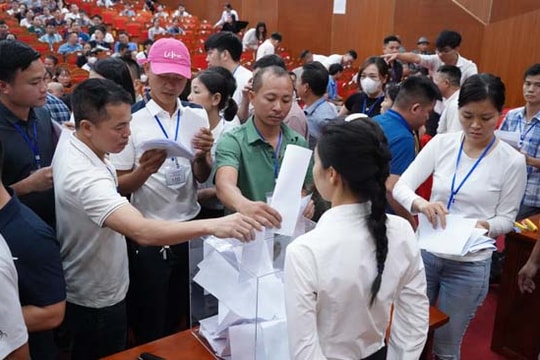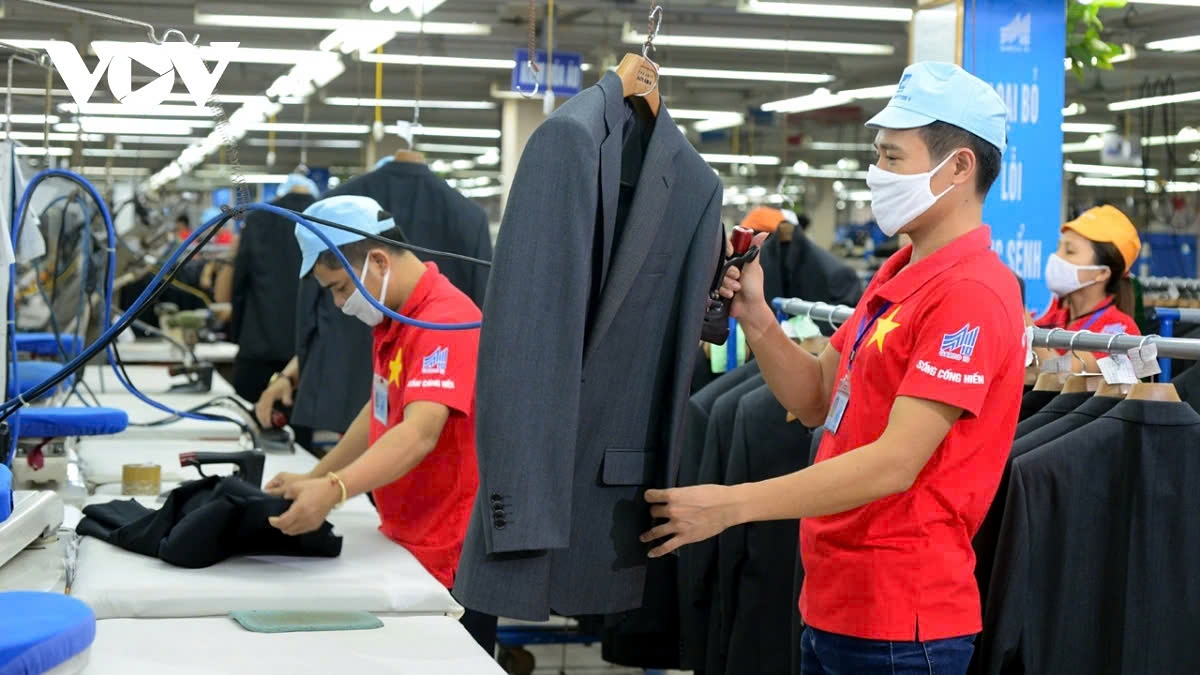
Experts made the recommendations at a seminar held in Hanoi on November 27, examining the EU Circular Economy Action Plan (CEAP) and its impacts on Vietnamese businesses.
According to Do Huu Hung from the Europe-Americas Market Department under the Ministry of Industry and Trade, the CEAP is part of the European Green Deal, aiming for net-zero emissions by 2050. It introduces various regulations across several industries, including electronics, information technology, batteries, packaging, plastics, textiles, and footwear. Products may struggle to enter the EU market unless they meet certain standards.
However, he said those policies may also open new opportunities in the long term, such as attracting new customer segments and reducing costs for compliant businesses.
In his opinions, the EU-Vietnam Free Trade Agreement (EVFTA) has played a crucial role in boosting trade between Vietnam and the EU, with bilateral trade reaching nearly US$64 billion after four years of the enforcement of the deal. Many of Vietnam’s exports, including industrial goods, chemicals, and particularly agricultural products and seafood, have seen strong growth thanks to the EVFTA’s tariff advantages.
Regarding investment, the EU is the sixth largest foreign investor in Vietnam, with over 2,500 projects worth about US$28 billion. The EVFTA has also encouraged European investors to use Vietnam as a production hub for goods exported to the EU.
In the textile sector, Nguyen Xuan Duong, chairman of the Board of Directors of Hung Yen Garment Company, shared that Vietnamese textile companies have enjoyed great benefits from the EVFTA’s tax incentives. Thanks to the trade deal, Hung Yen Garment Company has also experienced significant export growth, increasing from US$20 million to US$40 million in EU exports.
Yet, he said challenges arise due to rules of origin requirements under the EVFTA, which are particularly stringent for materials sourced from non-EU countries, such as China and Taiwan.
Mai Thanh Dung, deputy director of the Institute of Strategy and Policy on Natural Resources and Environment, stated that the CEAP’s regulations have a significant impact on countries that have long engaged in the European market, as well as those wishing to enter it in the future, and Vietnam is a case in point.
Achieving compliance with the CEAP will require significant efforts, particularly in sectors like plastics, food processing, textiles, agriculture, batteries, transportation equipment, and electronics, he said.
To stay competitive, experts said Vietnamese businesses need to adapt quickly to these changes by implementing circular economy practices, that will not only help maintain their market share in the EU but also open up new growth opportunities in other large markets.
In addition, they suggested that the government and relevant agencies take prompt actions to provide support and guidance, ensuring that Vietnamese exports maintain their advantages under the EVFTA and remain competitive in the global value chain.
Businesses must proactively shift their production practices toward sustainability and circularity. Aligning with the European Green Deal and the CEAP will allow Vietnamese enterprises to fully benefit from the opportunities that the EVFTA offers, they concluded.



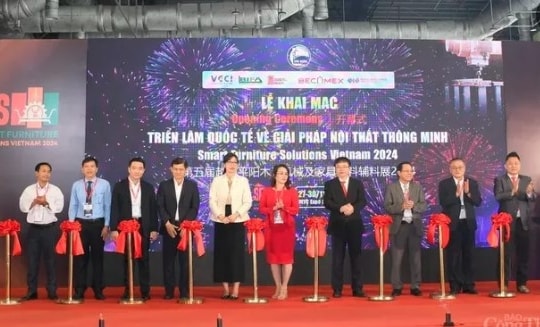
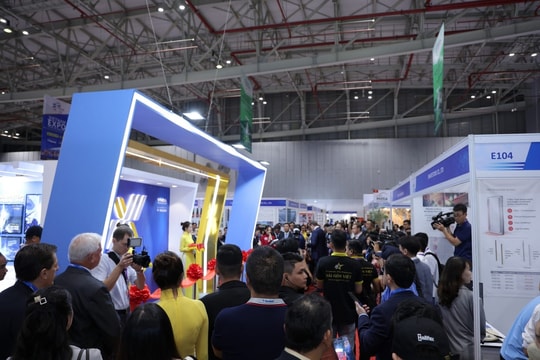
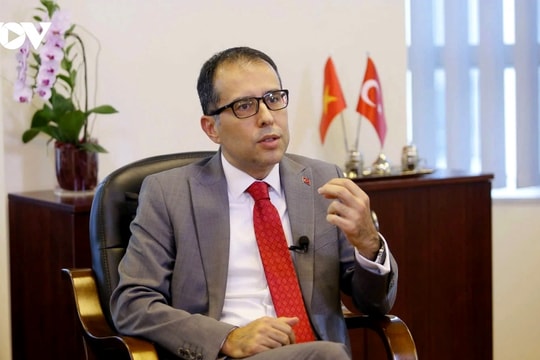
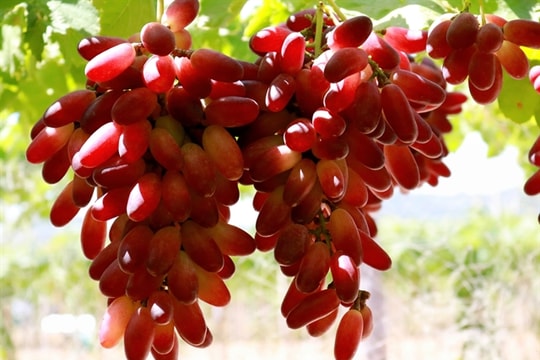

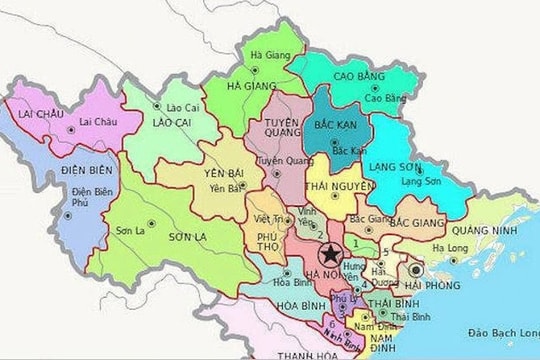
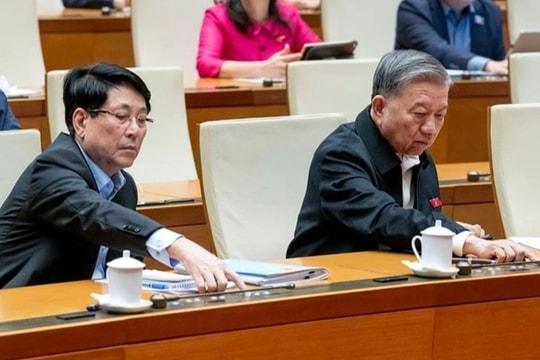



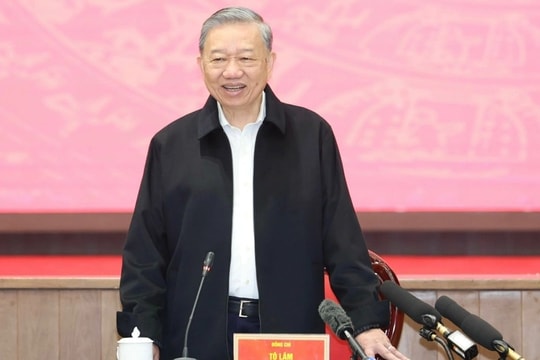
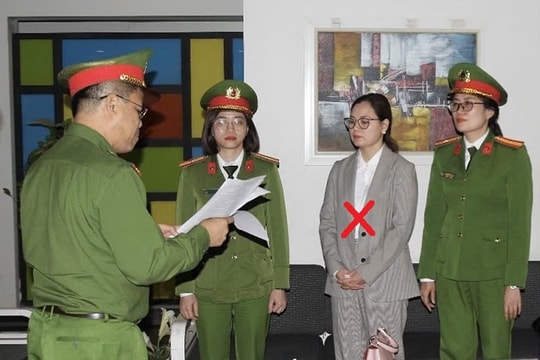
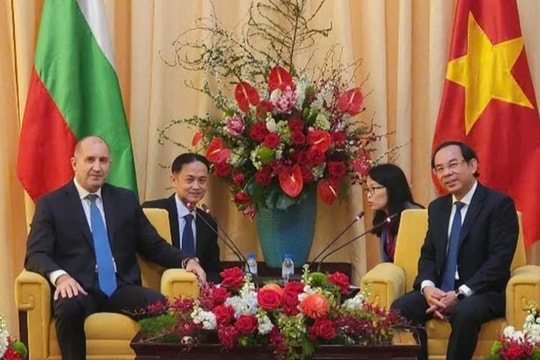

.jpg)
